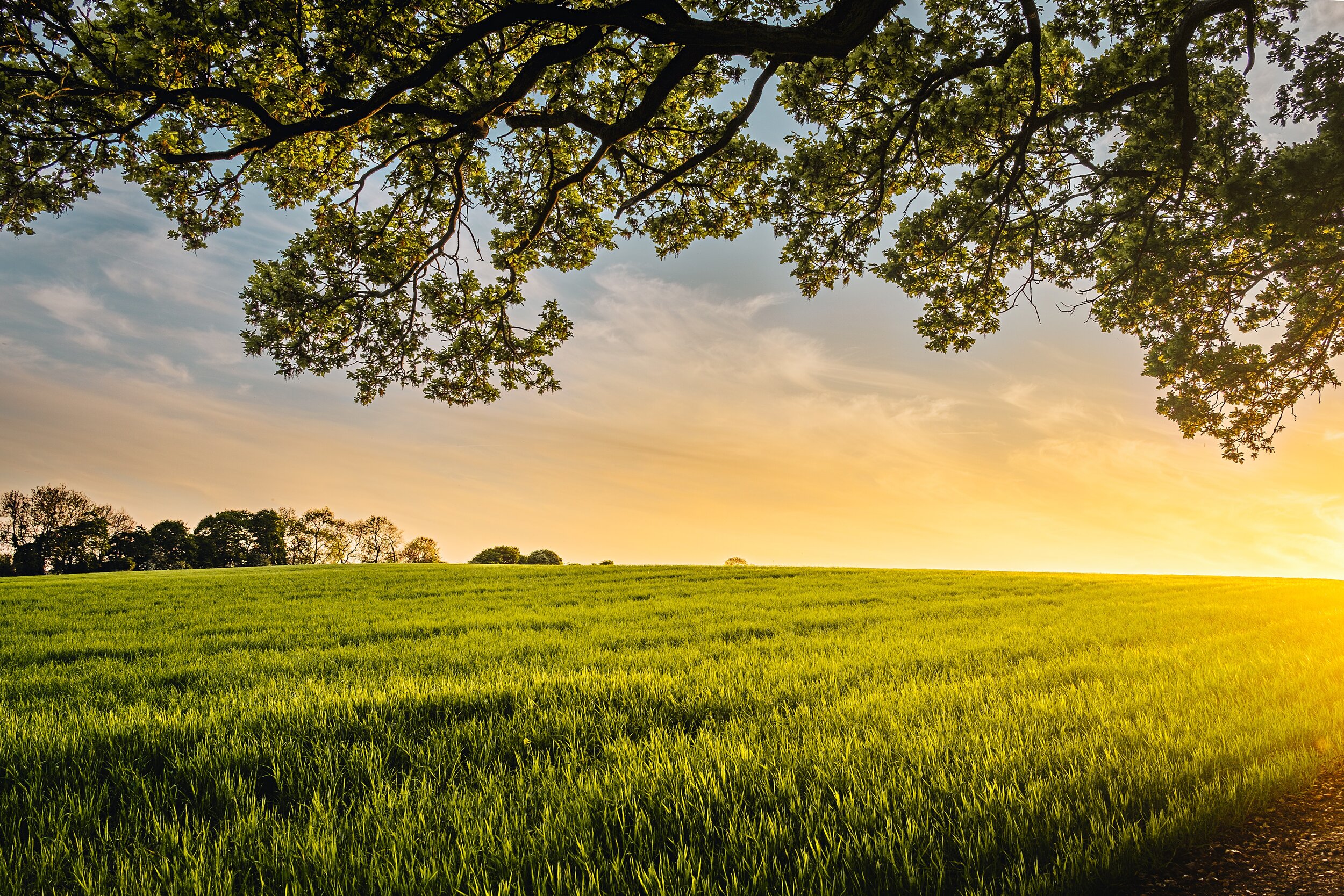The Jefferson County Soil and Water Conservation District (SWCD) was organized in 1944 by landowners interested in protecting and improving our county’s most precious renewable natural resources of soil, water woodland and wildlife. The SWCD is a subdivision of the state of Kentucky and is governed by a seven-member, locally elected board. Assistance to the public is provided at no charge through the Jefferson County SWCD. The United States Department of Agriculture, Natural Resources Conservation Service (USDA-NRCS) personnel provide technical assistance to the soil and water conservation district and their clientele through a cooperative agreement.
The board members govern the activities of the SWCD as set forth in Chapter 262 of the Kentucky Revised Statutes.
Our mission is to conserve and assist in the development of all renewable natural resources within the district. In so doing, the district is authorized to undertake, sponsor, or participate in projects and activities which promote the conservation, development, maintenance and use of the land, water, trees and other natural resources of the district.
We work towards this mission through the following objectives:
Reduce soil erosion on private and public lands
Improve water quality in the seven major watersheds of the county
Encourage a hands-on approach to environmental education
Promote the preservation and protection of agricultural land and open space in the county
Secure funding, personnel and equipment needed to support district operations
Develop a public awareness campaign and outreach program that addresses natural resource issues in the county
Promote the participation of private landowners in USDA and state incentive programs for water quality and wildlife management
Support educational programs in the schools and community to improve environmental literacy
Seek and develop partnerships to help accomplish the SWCD goals and objectives
Our History
The history of conservation districts begins with the Dust Bowl. As settlers moved out west, agriculture boomed, especially as demand for wheat corn, and other row crops rose in the late 1800’s and into the early 1900’s. Over decades, farmers stripped the Southern Plains of native grasses and over plowed the bare land. Years of drought and strong winds in the 1930’s removed nearly 100 million acres of loose, nutrient-rich topsoil, blowing it thousands of miles away. Without topsoil, the agricultural land was lost.
After the Dust Bowl, President Franklin D. Roosevelt ordered the creation of Conservation Districts in every state and county across the US to teach farmers, landowners, and the general public how to protect the soil, water, and air.
In 1940, the Kentucky General Assembly passed enabling legislation, KRS Chapter 292, which allowed local farmers to petition and establish Conservation Districts. In 1941, the first Kentucky Conservation District was organized in South Logan County. North Logan soon followed, making Logan county the only Kentucky county with two Conservation Districts.
The remaining 119 Conservation Districts were formed on a county line basis. Henderson County was the final district to be organized in 1954, giving Kentucky a total of 121 Conservation Districts.
The Jefferson County Conservation District was formed in 1944.




